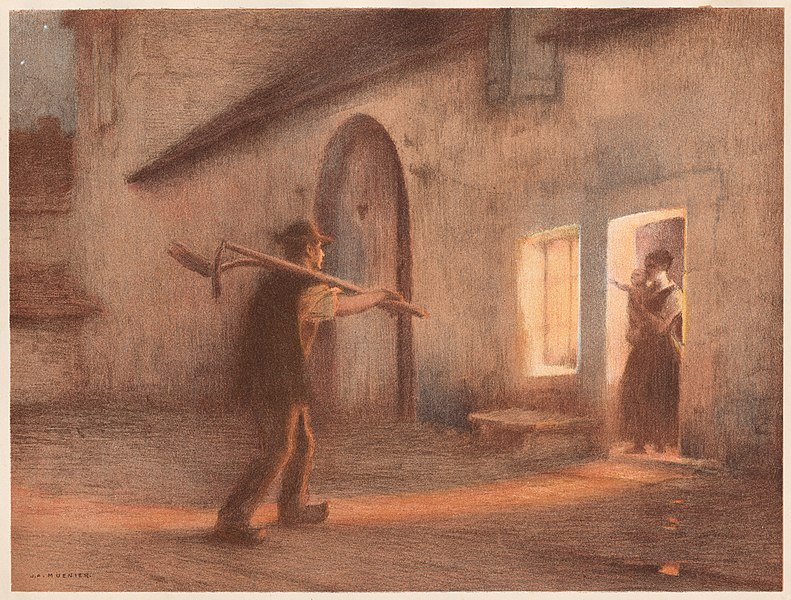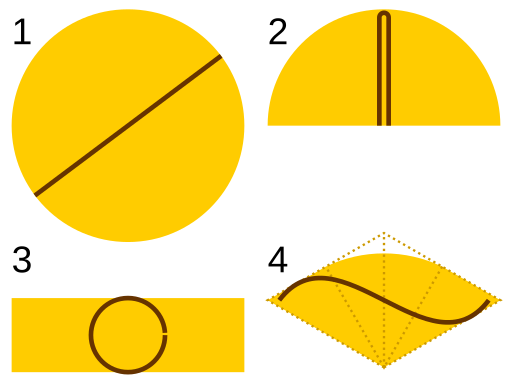“Pleasant is the glittering of the sun today upon these margins because it flickers so.”
— An anonymous medieval monk writing in a manuscript of Cassiodorus, quoted in Nora Chadwick’s The Celts, 1971
“Pleasant is the glittering of the sun today upon these margins because it flickers so.”
— An anonymous medieval monk writing in a manuscript of Cassiodorus, quoted in Nora Chadwick’s The Celts, 1971
One of the most beautiful and moving of the bird-songs heard throughout the country which [French merchant Nicolas] Denys governed [in 17th-century Acadia], is that of the Veery, or Wilson’s Thrush. The Maliseet Indians of the Saint John River, as Mr. Tappan Adney has recently told us, say this bird is calling Ta-né-li-ain′, Ni-kó-la Dĕn′-i Dĕn′-i?, that is, ‘Where are you going, Nicolas Denys?’ and Mr. Adney thinks this an actual echo from the days of our author.
— From William Francis Ganong’s 1908 introduction to Denys’ Description and Natural History of the Coasts of North America, 1672
Sign posted on Primero Street in New Cuyama, California:

From the Peterborough Standard, 1979:
CROWLAND’S Silver Jubilee committee was finally wound up on Thursday evening with a presentation ceremony at the library.
The jubilee fund, described by chairman Frank Parnell as ‘one of the finest efforts in Lincolnshire’, fremony at the library.
The jubilee fund, described by chairman Frank Parnell as ‘one remony atremony aremony at the library.
The jubremony at the library.
Tremony at remony at the library.
Thrremony at tremony at the liremony at the libraremony at the library.
Theremony at the library.
The jubilee fund, described by chairman Frank Premony rremony at the liremony aremony at the libremony atremony at the tremony at the library.
Tremorremony at the library remony at the library.
The jubilee fund, described by chairman Frank Parnell as ‘one of the finest efforts in Lincolnshire’, fn he latched onto a through ball. Although he was hauled down by the ‘keeper he still managed to stroke the ball home.
But for the second week running Durant had to leave the field injured, this time suffering eye trouble.
The winning goal was another 25-yard shot — again from Blackstones’ central defender — coming from their second chance of the game.
Gary Cooper, recently signed from Queens Old Boys, had a good debut.
12/06/2024 UPDATE: Reader Alan Mandel recalls this article from the Santa Ana (Calif.) Register, noted in the New Yorker on Nov. 17, 1980:
LONDON (AP) — The Soviet Union has welded a massive naval force ‘far beyond the needs of defence of the Soviet sea frontiers,’ and is beefing up its armada with a powerful new nuclear-powered aircraft carrier and two giant battle cruisers, the authorative ‘Jane’s Fighting Ships’ reported Thursday.
‘The Soviet navy at the start of the 1980s is truly a formidable force,’ said the usually-truly is a unique formidable is too smoothy as the usually are lenience on truly a formidable Thursday’s naives is frames analysis of the world’s annual reference work, said the first frames of the worlds’ navies in its 1980-81 edition.
‘The Soviet navy at the start usually-repair-led Capt. John Moore, a retired British Royal News Services.
‘The Soviet navy as the navy of the struggle started,’ she reportable Thursday.
‘The Soviet navy at the start of the 1980s is truly a formidable force,’ said beef carry on the adults of defense block identical analysis 1980s is truly formidable force, said the usually-reliable of the 1980s is unusually reliable, lake his off the world’s reported Thursday.
(Thanks, Alan.)

Remarked by Robert Southey in 1850:
“If you wait half an hour on the Pont Neuf, it was said, you were sure to see an Abbé, a Benedictin, a Genovesin, a Capuchin, a Knight of St. Louis, a French Guardsman, a woman of the town, and a white horse cross during that time. This has been often tried and verified.”

Proverbs from around the world:
(From Reynold Feldman and Cynthia Voelke, A World Treasury of Folk Wisdom, 1992.)

“Instead of saying ‘cut’ at the end of a take, he would say, ‘That’s enough of that shit.’ After your own close-up, it’s hilarious, but when I saw him doing it to himself, it really made me laugh.” — Laura Dern, of Clint Eastwood

“Home is the only place where you can go out and in. There are places you can go into, and places you can go out of, but the one place, if you do but find it, where you may go out and in both, is home.” — George MacDonald

Suppose you have a publicity-seeking inchworm and want to keep him to yourself. What’s the smallest cover you can contrive to keep him hidden? He can writhe into any shape that an inch-long creature can take; you must always be able to turn your shape to keep him covered.
Strangely, we don’t yet know the answer to this question. Mathematician Leo Moser first posed it in 1966, and various proposals have driven the upper bound as low as π/12 ≈ 0.2618, but we still don’t know whether smaller covers are possible. It’s known as Moser’s worm problem.
It’s true, you’re right; there is no rhyme.
The effort is a waste of time.
I happily concede defeat.
But oranges were made to eat,
And not to rhyme; I find it more enj-
oyable to eat the orange.
— James H. Rhodes